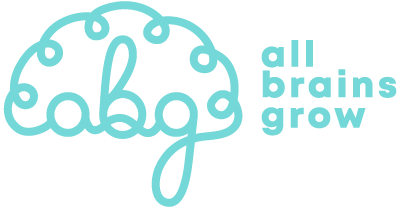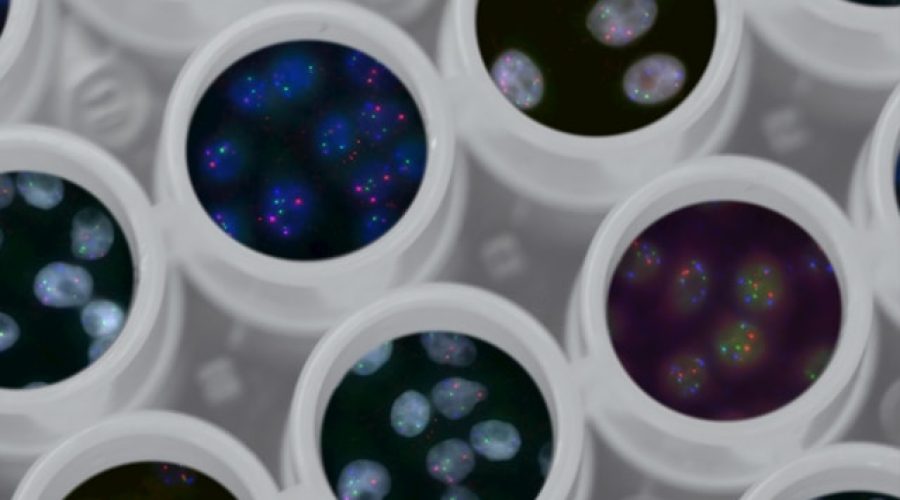Autism has gone through diagnostic, cultural, and labeling changes over the years. But for something that is so prevalent — 1 in 36 US children are autistic — we know very little about it. Often the focus in autism discussions is on socializing and accommodations, but we know that there are biological differences in autistic brains. When we treat autism as only sociological, we lose the nuance and complexity of what’s going on in the brain. By studying neuroscience, autistic people can have more opportunities to experience the world, and it might solve some of the co-existing conditions that are often present.
I’ve debated sharing this blog because it’s based on an episode of the Huberman Autism Podcast where Dr. Huberman delves into autism with Dr. Karen Parker, a professor of psychiatry and director of the Social Neurosciences Research Program at Stanford University.
It’s two researchers with no apparent contact with actual autistic people talking about science. It ignores autistic people’s contributions to society and autistic adults and focuses heavily on “treatment” for something that is often a blessing.
But the science behind autism is important. The more we know about how autism works, the better we’ll be at treating the challenging conditions that often accompany it and making the world a more equitable place for people of all abilities.
That’s why I’m sharing this blog. You can listen to the podcast here. It’s not a holistic look at autism, but it is a neuroscience-based one. Here are our takeaways on the neuroscience of autism and possible future interventions based on the podcast.
The Challenges Of Diagnosing Autism
Autism isn’t easy to diagnose. Unlike physical conditions with clear-cut symptoms, autism is a behavioral diagnosis relying on discerning subtle differences of very young children.
The diagnostic criteria, as outlined in the DSM-5, revolve around two features: social interaction challenges and restrictive, repetitive behaviors. Because autism often overlaps with other conditions, such as anxiety, sensory disorders, and sleep disturbances, making an accurate diagnosis is a nuanced endeavor. It’s important because the sooner a child (or adult) gets a diagnosis, the sooner they can get the resources they need to live happy, independent lives.
Research is going into finding biological cues to diagnose autism before behavior makes it obvious. With current criteria, clinicians can diagnose autism as young as 2 or 3.
One of the challenges of diagnosing autism is its diversity. According to Dr. Karen Parker, autism is a “highly clinical heterogeneous disorder.” In other words, there are multiple spectrums of autism. Rather than a singular linear manifestation, the real spectrum is the severity of each individual symptom.
The Genetics of Autism
One of the few things we do know about autism is that at least 50% of it can be explained by genetics. Because autism is highly heritable, researchers have identified common genetic variants that contribute to the spectrum of symptoms. Yet, much remains unknown about the precise neural networks and genetic patterns that hallmark autism.
The tricky part is designing better model systems and rigorous study designs on children and adults. It’s happening, but not as quickly as we’d like.
Does Environment Cause Autism?
It’s never just nature or nurture when it comes to humans. While genetics are important, environmental factors also shape autism. Things like maternal age, premature birth, and maternal illness during pregnancy increase the chances of someone being autistic.
Environmental factors are always difficult to measure because every person who comes for a trial has a different background. So, experimental studies can’t determine an exact environmental cause. What’s a driving factor for one kid might not be a factor for the other, all due to different genetic backgrounds. We need to genetically define and categorize individuals to determine how much of autism is environmental and how much is genetic.
New Research On Autistic Brains
While a lot remains unknown, two neuropeptides—oxytocin and vasopressin—seem to be key in autism. These molecules, known for their roles in social bonding and behavior, might be targets for intervention.
In one study, the lower blood oxytocin levels are, the greater the social difficulty, whether or not someone has autism. Studies examining the effects of intranasal oxytocin administration on autistic males showed some increase in eye gaze and response to social cues. This is still in the early stages — no prescription is available for autism.
One of the best studies on vasopressin showed that low-social monkeys had lower levels of vasopressin in their blood than highly social monkeys. This study was repeated in children with and without autism. Scientists correctly labeled 13 out of the 14 children as autistic based on the vasopressin blood values alone.
While this is encouraging, it needs to be repeated in a bigger population size.
Beyond the brain, evidence suggests a link between the gut microbiome and vasopressin. Studies in rodent models show that probiotics can alter vasopressin levels, highlighting a link between gut health and neurochemistry. This connection opens new avenues, pointing towards a holistic understanding of autism.
Redefining Autism
As we navigate autism research, one thing remains clear: there are no easy answers. Each revelation brings with it new questions. Because autism isn’t just one set of symptoms and other conditions often accompany it, it’s difficult to pinpoint causes and therapies. Hopefully, with new research, we can develop a holistic view of autism and create a world where autistic people are supported and celebrated.


